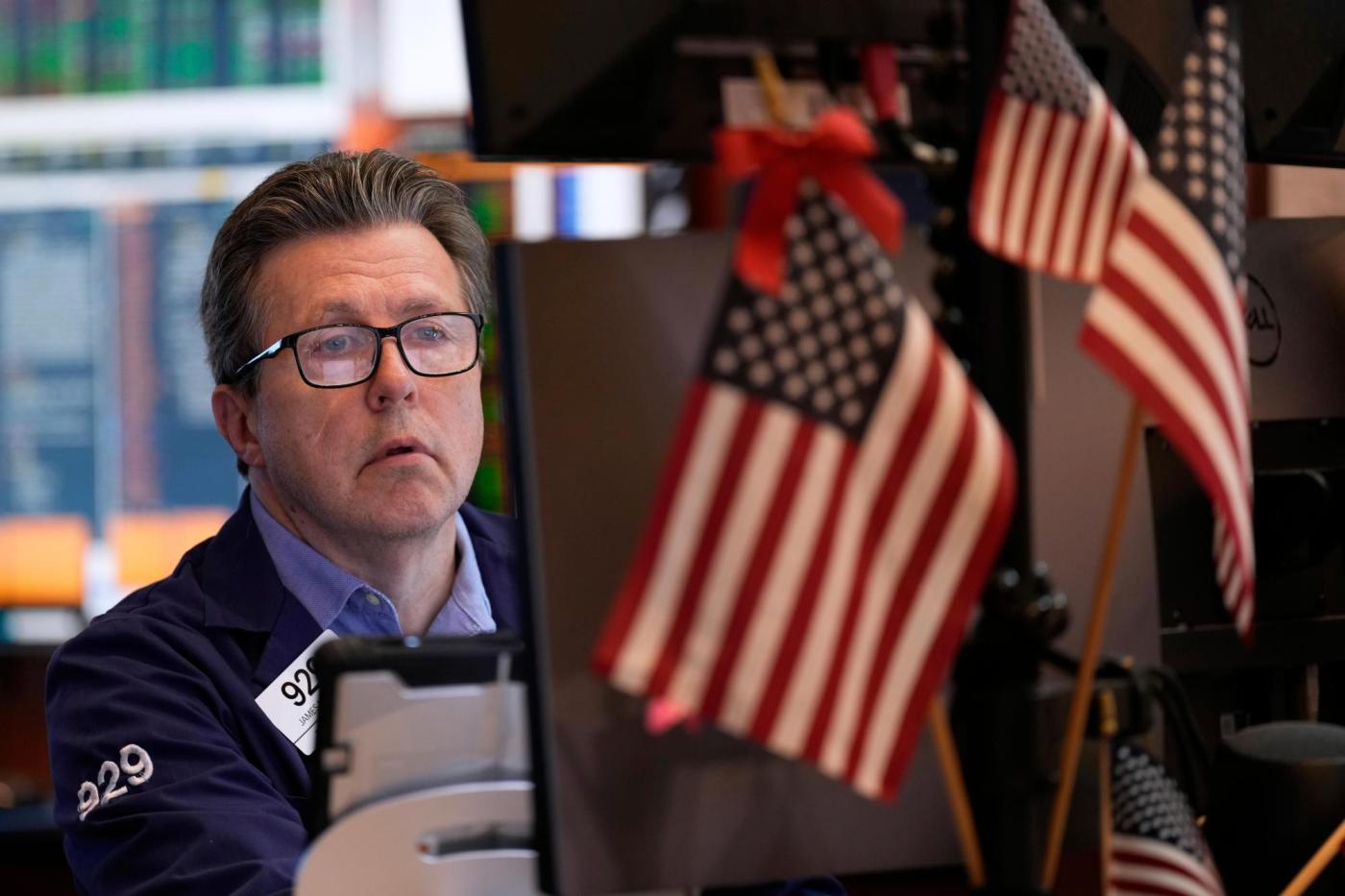Wall Street is experiencing a significant uplift, primarily fueled by an astonishing wave of corporate earnings, particularly from the burgeoning artificial intelligence technology sector. This positive momentum reflects a robust financial landscape where innovation and strong fiscal performance are driving market confidence and investment, signaling a potentially bullish period for investors keenly watching global financial indicators. The confluence of these factors paints a picture of a dynamic market responding actively to the latest economic data and corporate disclosures.
Leading this surge are technology companies deeply invested in AI, which have reported unprecedented financial results that have far exceeded analyst expectations. For instance, the parent company of social media giants Facebook and Instagram demonstrated exceptional sales and profit figures, underscoring the immense financial returns being generated despite substantial ongoing investments into advanced artificial intelligence research and development. These blowout earnings underscore the transformative impact of AI on corporate profitability and market valuation.
Beyond the technology sphere, corporate earnings remain a critical focal point in what has been an intensely busy week for financial disclosures across various sectors. Companies outside of the core tech industry have also released their quarterly results, contributing to the broader market narrative. For example, a major health solutions provider reported its second-quarter performance, and while its stock saw a slight dip, the company subsequently raised its full-year forecast, illustrating the mixed yet resilient nature of the broader market.
Despite these encouraging earnings reports, Wall Street has recently navigated a period characterized by choppy trading and fluctuating sentiments, culminating in further losses on a recent Thursday. An initial rally driven by big technology firms ultimately faded, and a subsequent pullback in the healthcare sector exerted downward pressure, pulling the broader market lower. This underscores the inherent volatility of financial markets, where sector-specific movements can significantly influence overall performance.
A parallel yet equally critical discussion influencing market dynamics revolves around potential adjustments to interest rates by central banks. Many economists and investors believe that a reduction in benchmark rates could provide a substantial stimulus to the job market and the overall economy, fostering growth and encouraging investment. However, such a move carries the inherent risk of potentially exacerbating inflationary pressures, a delicate balance that policymakers must continually assess.
The decision to adjust the benchmark interest rate rests with the Federal Reserve, specifically its Federal Open Market Committee (FOMC), a collective body comprising twelve members. This deliberative process involves careful consideration of economic indicators, inflation targets, and employment data, ensuring a comprehensive approach to monetary policy. While various external pressures and opinions exist, the ultimate decision is a collegiate one, reflecting diverse perspectives within the committee.
Market participants have been incrementally adjusting their expectations regarding the likelihood of interest rate cuts at the Fed’s upcoming September meeting. Data from CME Group indicates a noticeable decline in the perceived probability of a rate cut, dropping from a substantial 75.4% chance just a month prior to a more modest 39% currently. This downward revision reflects evolving economic data and statements from central bank officials, suggesting a more conservative outlook on immediate rate adjustments.
The interplay between robust AI Technology Corporate Earnings, Wall Street volatility, and the evolving Interest Rates outlook continues to define the Market Trends and broader Economic Outlook. Investors are closely monitoring these intertwined factors to gauge the future trajectory of the markets and identify emerging opportunities. The current landscape necessitates a strategic understanding of both micro-level corporate performance and macro-level monetary policy shifts.






Leave a Reply